 |
| Graphic Credits: Ashley Hughes, A Little Peace of Africa, Scrappin Doodles, KG Fonts |
Learning math is not a spectator sport! I have to confess, I struggled with Algebra myself. I have found that simply listening to the teacher will not build math confidence or mastery in my students. So, how can we reach all learners? Planning to include a mix of the following activities will build math fluency and success in your students.
Providing hands on activities might seem daunting, but manipulatives are all around you. For Valentine's Day we used the indispensable candy hearts. We practiced fact families, introduced subtraction by using a known quantity and hiding some under a bowl, practiced graphing, decimals and percents. Food is a powerful math manipulative! As summer approaches think of spring colored M&M's, goldfish crackers, and gummy worms. Your students will be excited for math to begin!
Traditional manipulatives such as base ten blocks, counters, and beans are great math tools. Thinking outside of the box brings seasonal items into your class. This past week we used Easter eggs to hide and solve math riddles written by classmates. This activity built our math vocabulary and led to rich discussions. I would love to hear about unusual math manipulatives you have used!
When students move and discuss math, their learning, misconceptions, and thinking is visible. Irene Fountas writes this about literacy, "Talk represents thinking. Students need to think and talk in school. This means pair and triad talk, small group talk, and some whole class discussions that have intent, not just talk for talk’s sake." Research proves the same is true for math. You can read her article {HERE}.
I love using task cards for math. We usually play a modified version of Scoot. My students rotate independently, without a signal, and working at their own pace. This allows me to differentiate and provide varying degrees of support for individual students.
Math games, anchor charts, math riddles, and whiteboards are all part of our math discussions and activities. Incorporating KAGAN structures like Showdown and Quiz, Quiz, Trade increases opportunities to review, provide peer coaching and builds a stronger math foundation.
Sousa writes in his book, How the Special Needs Brain Learns (2007), "Higher achievement and greater understanding in math is achieved when technology is used for nonroutine applications and not for routine calculations."
We are lucky to have an interactive whiteboard and enough laptops for each student. Using technology engages everyone. I have a multi-age classroom of Special Education students, so finding something for everyone can be time consuming. I love Mr. Wolfe's Math Interactive Whiteboard Games. You can click on each grade level and find a variety of whiteboard games.
If you haven't visited the website Math Wire, it is a wonderful resource for finding lessons and activities to use in planning for your math units. It includes standards based activities with a searchable database.
Kahoot! is another great resource. It is currently free for teachers and students. You can create your own quiz or use one in their quiz bank. Students log on with a mobile device (ipad, laptop, phone) and simultaneously take the quiz. It adds a degree of competition to your math lessons. You will easily be able to see the understanding of each student and you can download the results to a file.
A recent update to Kahoot! is Ghost Mode. This allows the student to "replay" the same quiz against themselves to obtain mastery. I think this would be very encouraging to struggling students. You can read more about it on their blog {HERE}.
Another useful feature is that upon game completion the teacher has the option to download the Kahoot results into an excel file. The file lists the questions and the responses made by your students. I plan to use this feature as a pre and post formative assessment.
Movement is wonderful during reading also! I just uploaded a set of free reading task cards, determining fact or opinion. You can grab them {HERE}.
I currently offer this product in my store that combines technology, math writing, manipulatives and art. You can see it {HERE}.
For more math ideas be sure to follow our Pinterest Math Boards!
Follow Classroom Tested Resources's board CTR K-2 Math on Pinterest.
Follow Classroom Tested Resources's board CTR 3-5 Math on Pinterest.
Until next month!











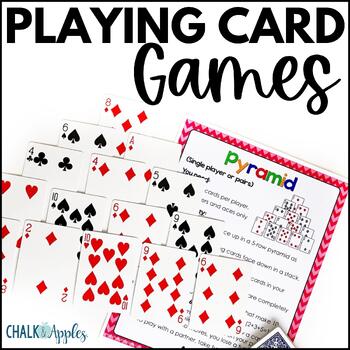
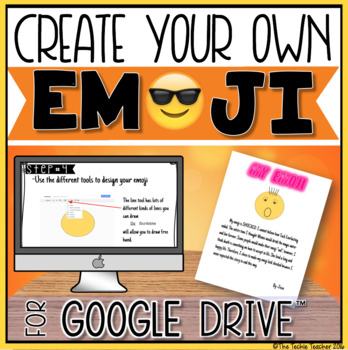
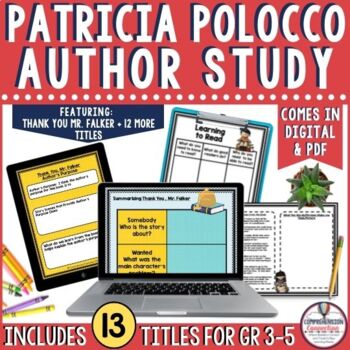

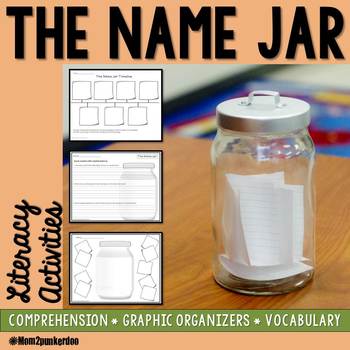

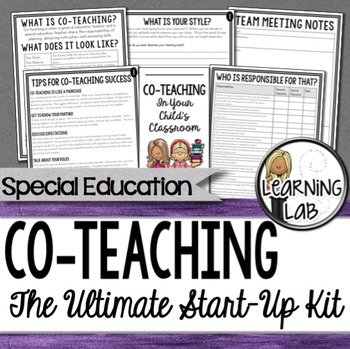
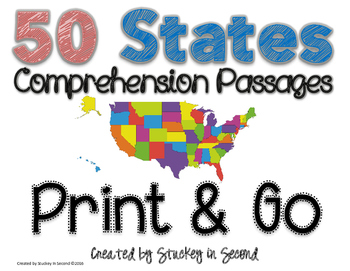
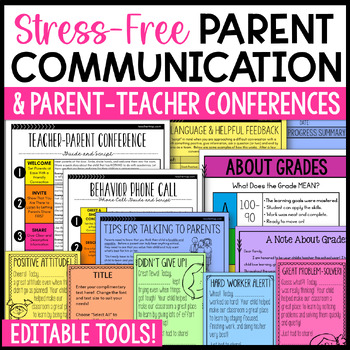
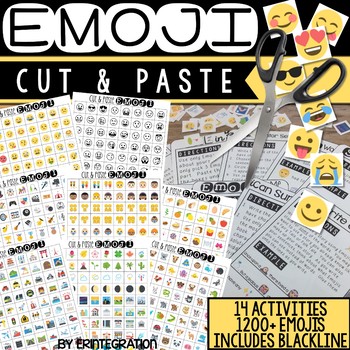
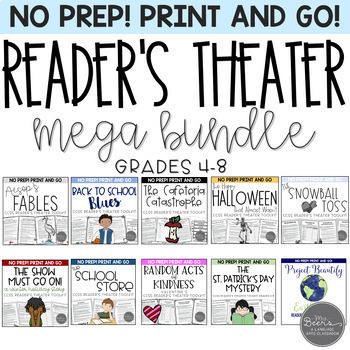
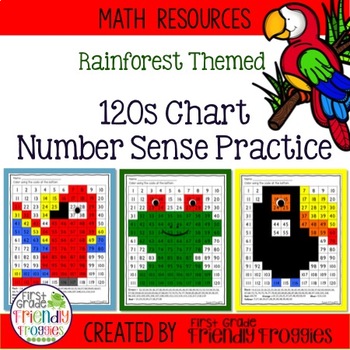

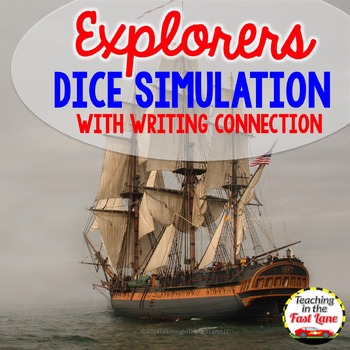





















0 comments:
Post a Comment